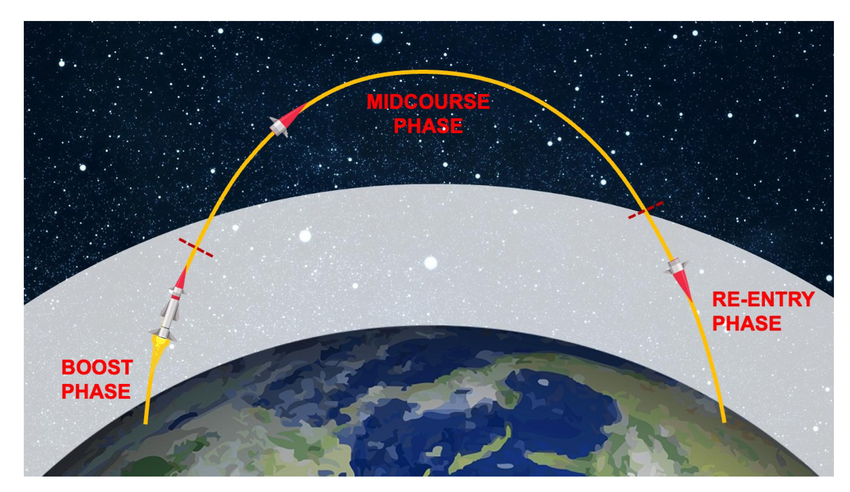BrahMos — Why Is It So Goated...
When people talk about the best missiles in the world, names like Tomahawk and Kalibr often pop up. But sitting right at the top — especially in the Indo-Pacific region — is the BrahMos missile. It’s fast, precise, and versatile. And let’s be honest: in missile terms, this one’s built different.
So, what makes the BrahMos missile so “goated”? Let’s break it down.
What Is the BrahMos?
The BrahMos is a supersonic cruise missile jointly developed by India and Russia. The name is a fusion of two rivers: Brahmaputra (India) and Moskva (Russia) — a symbolic reflection of the partnership behind its creation.
It’s not a ballistic missile — it’s a cruise missile, meaning it flies within the atmosphere, powered throughout its entire flight. What sets BrahMos apart is its incredible speed, pinpoint accuracy, and multi-platform capability — it can be launched from land, sea, air, and even submarines.
Key Features That Make BrahMos Unstoppable
1. Supersonic Speed
BrahMos travels at Mach 2.8 to 3.0, nearly three times the speed of sound. Most other cruise missiles — like the American Tomahawk — fly at subsonic speeds (below Mach 1). The BrahMos, by contrast, leaves much less reaction time for enemy defenses, making it harder to intercept.
2. Pinpoint Accuracy
The missile has a circular error probable (CEP) of around 1 meter — meaning it can hit within a meter of its intended target. For military systems, that’s as precise as it gets.
Whether it’s a warship 300 km away or a command center deep inside enemy territory, BrahMos doesn’t miss.
3. Multi-Platform Versatility
BrahMos isn’t tied to just one type of launcher. It can be:
-
Launched from land-based mobile launchers
-
Fired from naval warships
-
Dropped from fighter jets (like the Sukhoi Su-30MKI)
-
Adapted for submarine launches
This flexibility means it can be deployed in almost any combat situation — from coastal defense to deep strikes.
4. Heavy Payload
BrahMos carries a 200–300 kg conventional warhead, making it ideal for destroying hardened bunkers, ships, and radar stations. While it doesn’t carry nuclear weapons (as per current doctrine), its raw destructive power with conventional explosives is enough to flatten most targets.
How Does It Fly?
BrahMos uses a two-stage propulsion system:
-
Solid-fuel booster — launches the missile and accelerates it to supersonic speed.
-
Ramjet engine — kicks in after separation and maintains high-speed cruise.
It flies at low altitudes (as low as 10 meters) near the target to evade radar detection and follow terrain contours. This makes it exceptionally hard to detect and shoot down.
Range and Upgrades
Initially, BrahMos had a range of around 290 km, limited by the Missile Technology Control Regime (MTCR). But after India joined the MTCR in 2016, the restrictions eased.
Now, newer variants of BrahMos have:
-
Extended range of 450–500 km
-
A future version in development may reach up to 800 km
Also in the pipeline:
-
BrahMos-NG (Next Generation) — lighter, smaller, faster, and suitable for smaller fighter aircraft like the Tejas.
-
Hypersonic version (BrahMos-II) — aiming for speeds over Mach 6–7
Final Thoughts
The BrahMos missile checks every box:
-
Speed? Supersonic.
-
Accuracy? Laser-sharp.
-
Platform versatility? Top-tier.
-
Global recognition? Absolutely.
It’s not just a missile — it’s a reminder of how much destructiveness the human mind is capable of.




Comments
Post a Comment